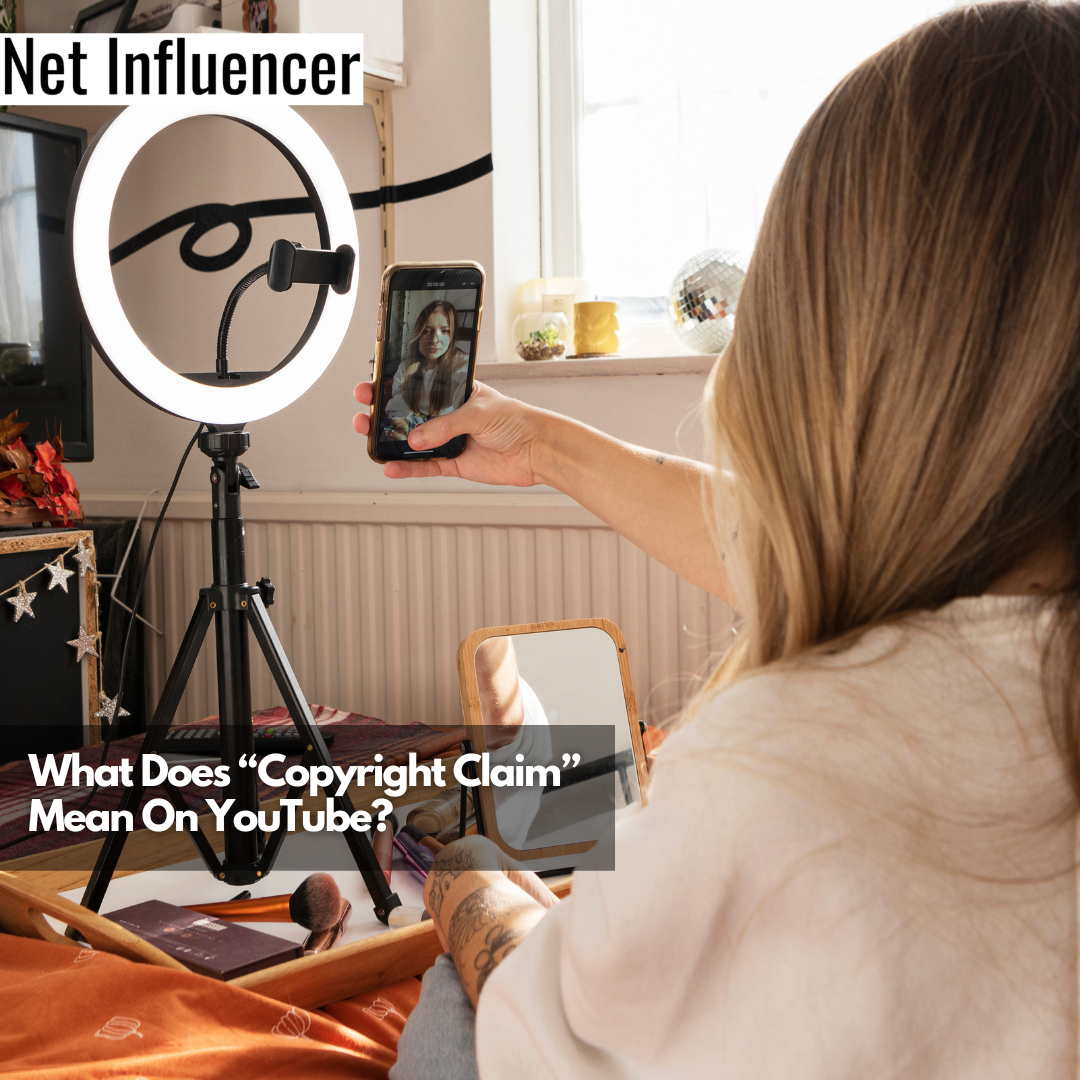Platform
What does “Copyright Claim” Mean On YouTube?
The Meaning and Usage of ‘Copyright Claim’
A copyright claim on YouTube is a legal complaint by the owner of a copyrighted work against the person who published or used his property without permission.
It’s a statement of the copyright holder’s ownership rights in his original creation, which may be a song, video, image, or artistic expression.
When a copyright claim is made on any YouTube video, the uploader is notified and if the claim is upheld, the video may be taken down or removed.
In addition, the uploader may suffer a copyright infringement, leading to consequences such as the loss of the right to publish content or even the closure of his account.
However, if the uploader is found innocent or the copyright owner does not review the dispute, the content and revenue will revert to the owner.
See the YouTube message below confirming the copyright claim in favor of the uploader.

On the other hand, the copyright owner should provide proof of ownership and unauthorized use of the content before making a copyright claim.
They further need to issue a DMCA takedown notice requesting the uploaded to remove material infringing copyright (varies by region).
They can also ask for the content to be marketed with advertising that makes money for himself (the copyright owner, who is also the content owner).
YouTube features a system called Content ID that checks all uploaded content for suspected copyright breaches.
Specific legal responsibilities and procedures may vary from country to country, but copyright owners and content creators must abide by YouTube’s and other social media platforms’ rules and regulations of the country in which they reside.
The Origin of ‘Copyright Claim’
Copyright claims have a long history in the music industry. Disputes over songwriting credits and royalties date back to the early days of music recording.
Writers and artists in ancient Greece and Rome attempted to prevent unauthorized duplication or exploitation of their works, which led to the origins of ‘Copyright’.
In the Middle Ages, guilds and printing monopolies were established to regulate the production and distribution of literature, music, and the arts.
The development of technological advances and the internet in the latter part of the twentieth century made it simpler than ever for users to steal and share content protected by copyright without authorization, which sparked increased copyright disputes and claims.
Modern copyright laws emerged in the 18th century after the enactment of the Statute of Anne in Great Britain and were influenced by the Copyright Act of 1790 in the United States.
Today, copyright claims have expanded to cover music and other types of artistic expression like films, photos, and software.
The growth of social media sites, including YouTube, has made it easier for content producers to share their work with global viewers.
Due to the nature of their innovative activity and the possibility of unauthorized use or sampling of copyrighted material, certain cultural subgroups, such as gamers, hip-hop artists, or beauty gurus, may be subject to more frequent copyright lawsuits.
However, this has also led to strict copyright and intellectual property protection enforcement.
In countries with a comprehensive legal system and strong protection of property rights, such as the United States, Japan, and Western Europe, copyright claims may be asserted and recognized more frequently.
How to Use Copyright Claims in Content Creation
To effectively protect one’s intellectual property and ensure that one’s creation is not used without permission, copyright claims can be made when creating content for YouTube.
By asserting copyright, creators can prevent others from using their works without consent.
For instance, the famous artist, Selena Gomez, posted her original music Calm Down on YouTube and asserted her copyright over the music video.
By doing this, the music would be protected from unauthorized use, and only the musician could monetize the official video through advertisements.
Similarly, a beauty influencer may assert copyright on the videos of their makeup tutorials, prohibiting unauthorized use of the content.
For influencers using third-party content, on the other hand, it is good practice to cite copyright claims to add background information or explanations in well-known content or captions.
For example, a beauty influencer might state that the music in their YouTube video is copyrighted rather than their own, or a gaming YouTuber may incorporate a disclaimer indicating that they don’t own the rights to the game they’re playing.
Conclusion
Including a copyright claim while creating content for YouTube is crucial to safeguard one’s intellectual property and stop others from using it without permission.
In addition, including copyright claims in the content can increase authenticity and recognition value by showing that the author is committed and respects the value of his or her work.
As audiences are inclined to acknowledge and value content that is covered by copyright, this may additionally boost audience engagement.
As a Youtuber, check out this video on how to copyright your video.
For more social media terminology and user guides, check out our resources here.





















